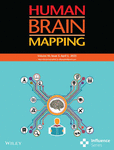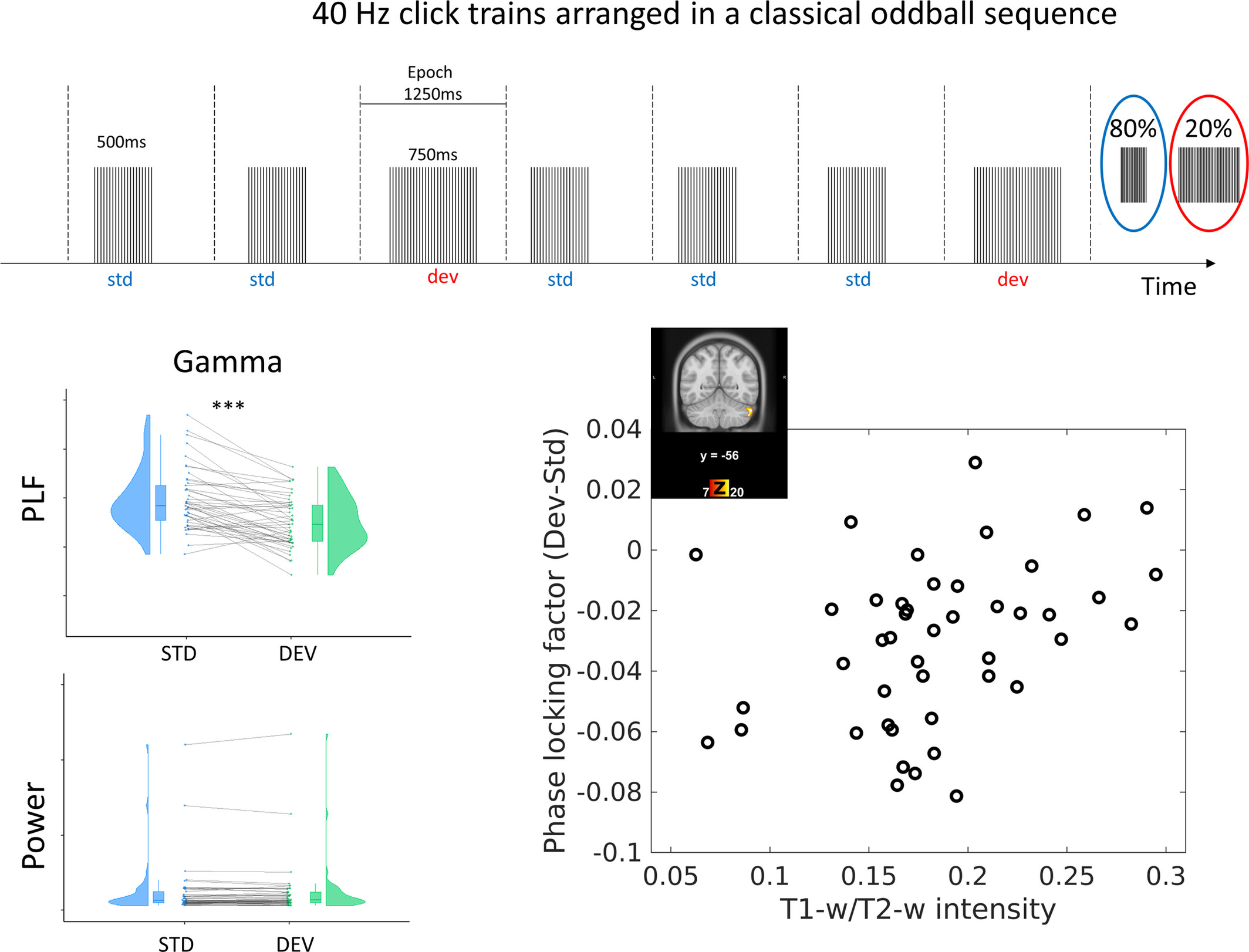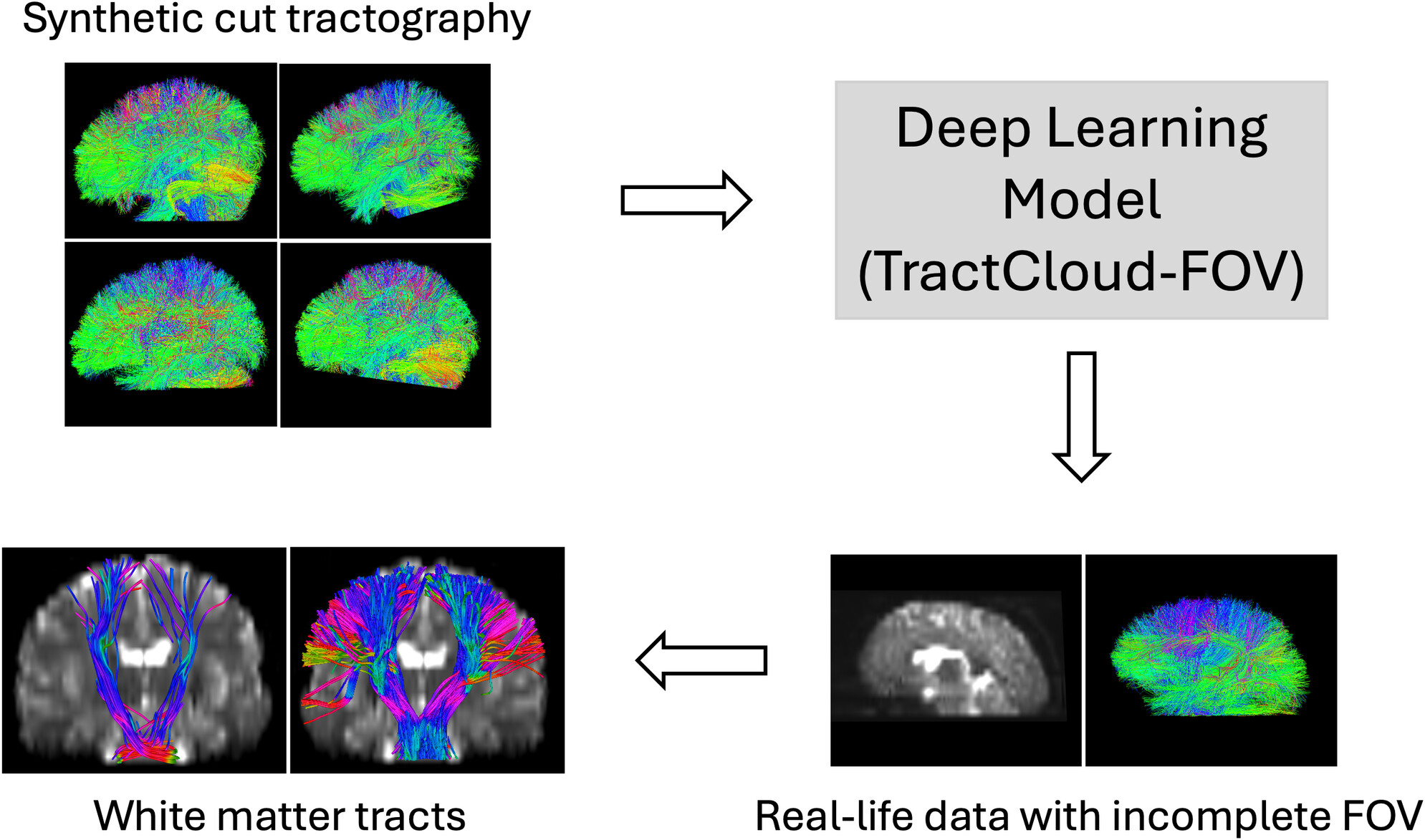Journal list menu
Export Citations
Download PDFs
ISSUE INFORMATION
TECHNICAL REPORT
Machine Learning-Based Clustering of Layer-Resolved fMRI Activation and Functional Connectivity Within the Primary Somatosensory Cortex in Nonhuman Primates
- First Published: 17 March 2025
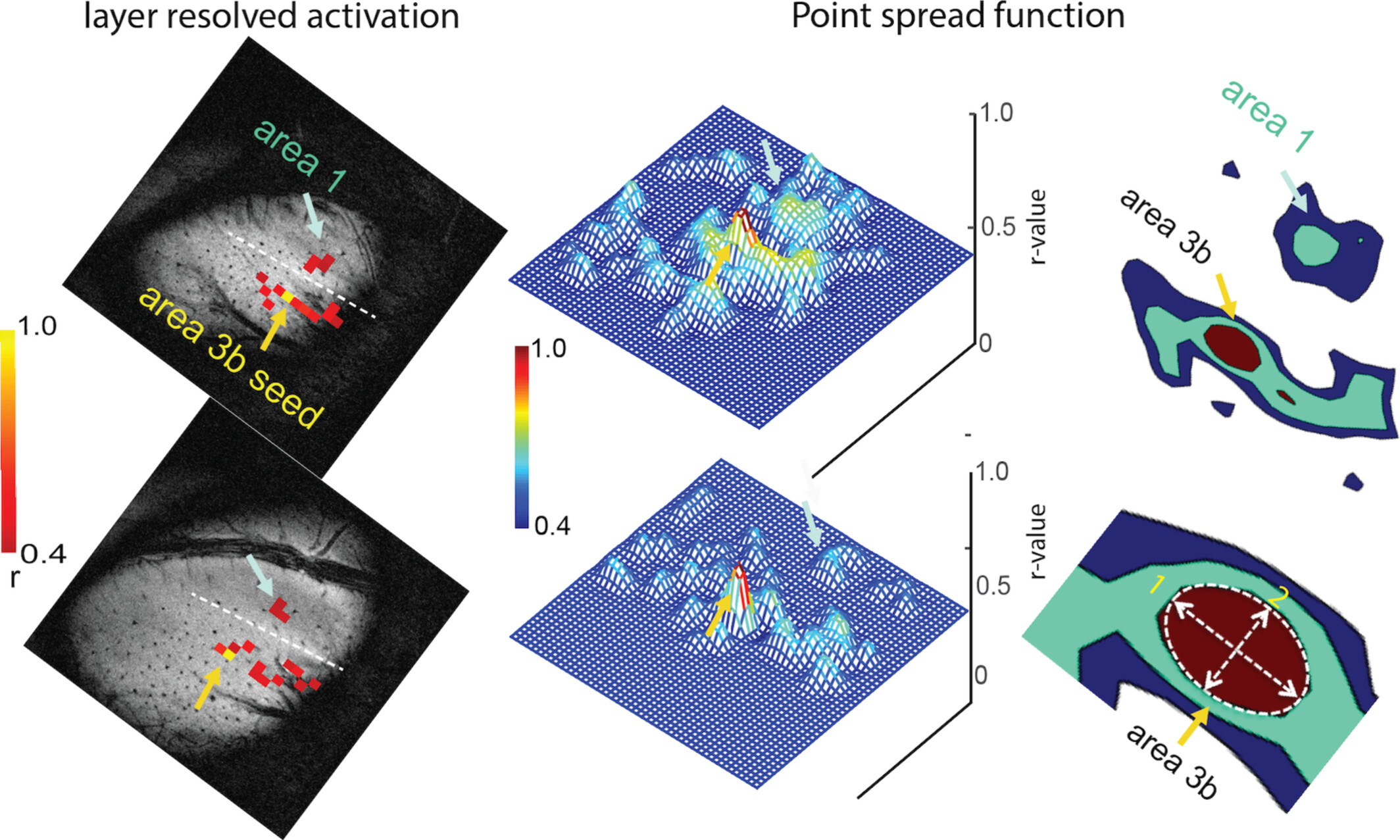
This study characterizes 2D spatial profiles of mesoscale functional columns in the primary somatosensory cortex using high-field fMRI and AI-based clustering. Findings reveal distinct spatial features between cortical layers and high correspondence between stimulus and resting states, offering new insights into layer-specific functional organization and data-driven neuroimaging applications.
RESEARCH ARTICLE
A Framework for Comparison and Interpretation of Machine Learning Classifiers to Predict Autism on the ABIDE Dataset
- First Published: 17 March 2025
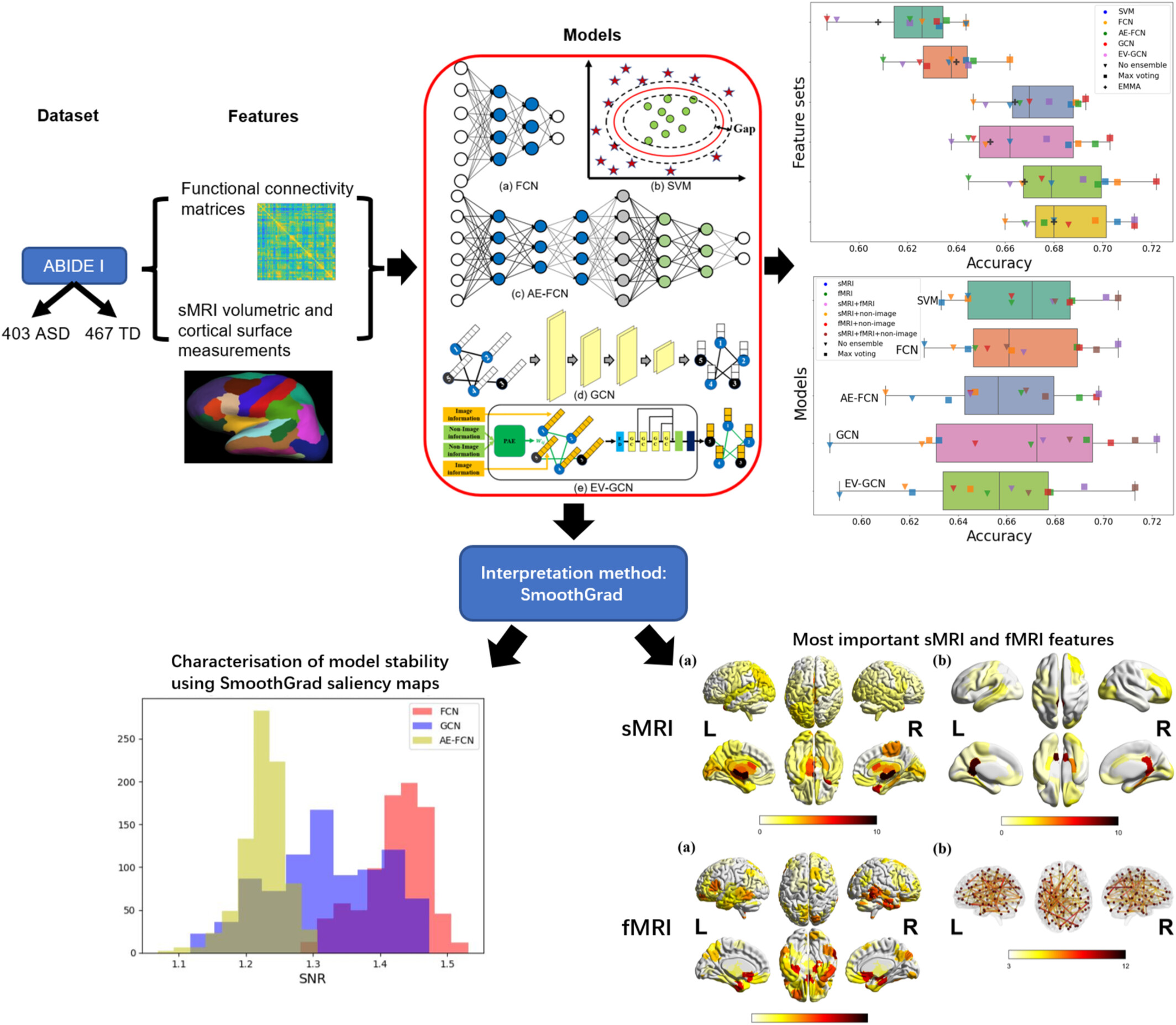
Five machine-learning models were trained to classify autism using ABIDE. Similar performance suggested accuracy variations in the literature may stem from inclusion criteria, modalities, and evaluation pipelines. SmoothGrad investigated the stability of features identified by models and showed that structural and functional features from the ventricles and temporal cortex contribute to autism identification.
Early Development and Co-Evolution of Microstructural and Functional Brain Connectomes: A Multi-Modal MRI Study in Preterm and Full-Term Infants
- First Published: 18 March 2025
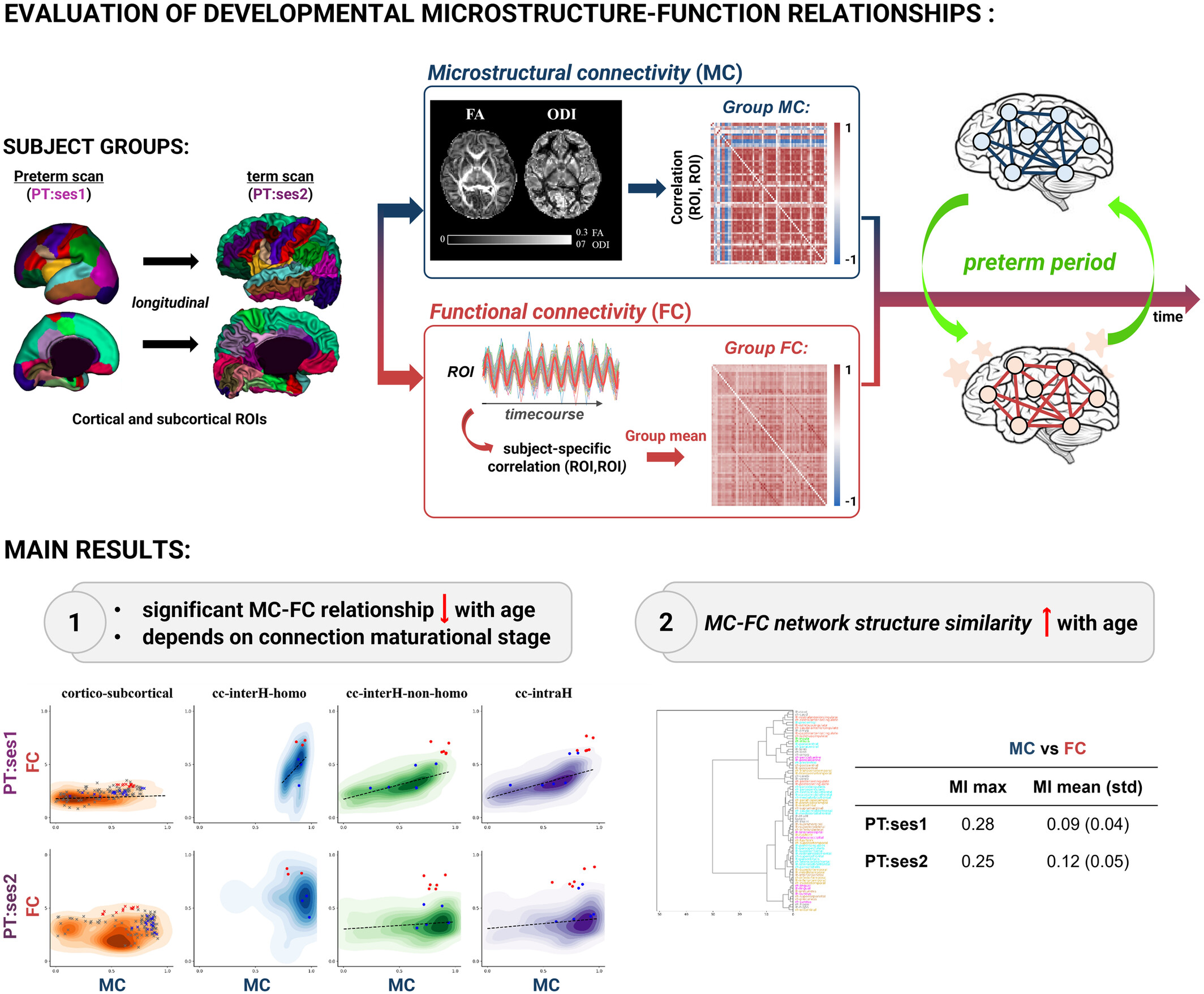
Our study reveals a significant relationship between functional connectivity and underlying microstructure during development that decreases with age and varies across connection types. Despite the progressive maturational decoupling of microstructural and functional connectivity, a shared network structure may underlie changes in both properties.
The Neural Association Between Symptom and Cognition in Major Depressive Disorder: A Network Control Theory Study
- First Published: 20 March 2025
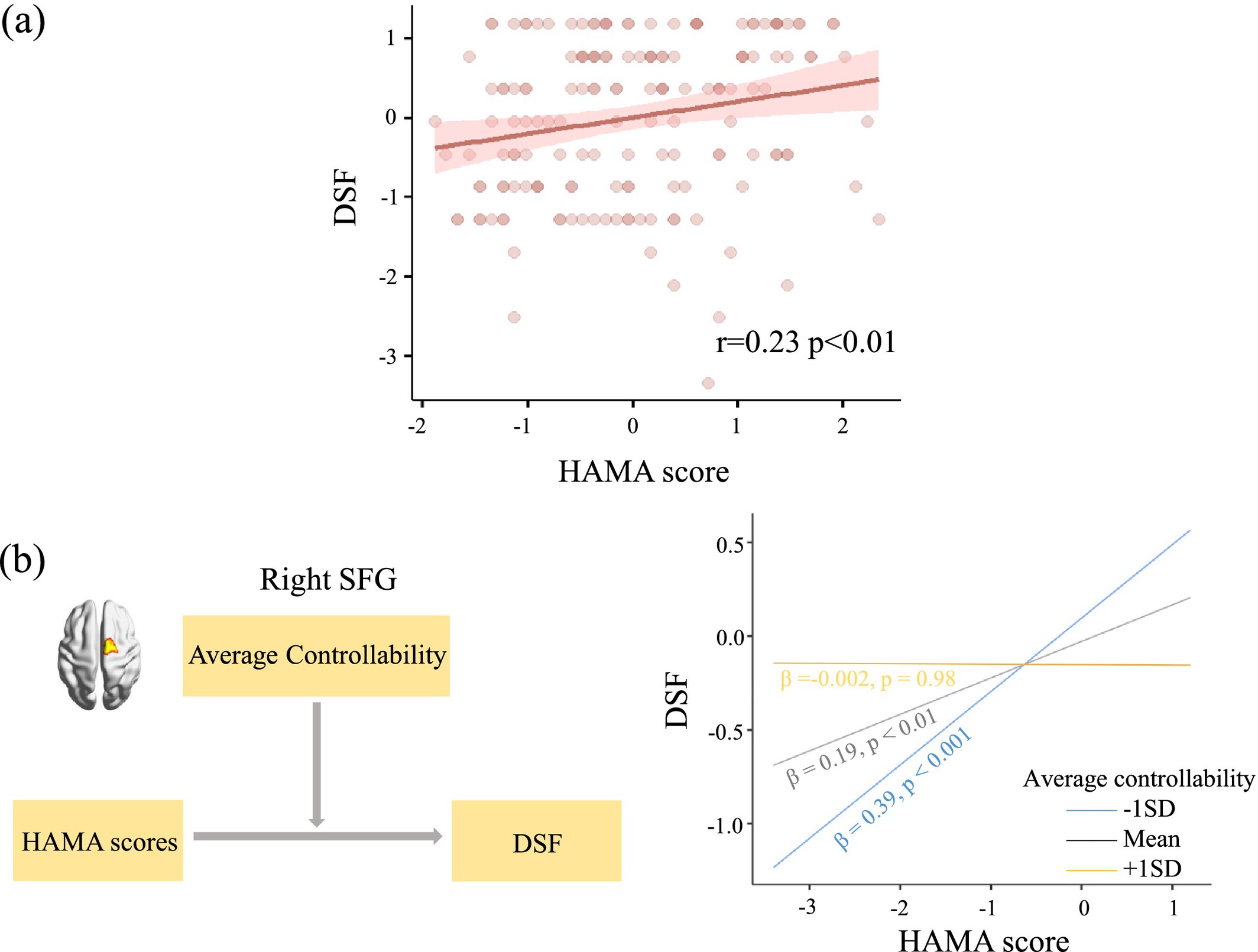
We aimed to determine the effect of alterations in average controllability (AC) on emotional and cognitive symptoms in patients with major depressive disorder (MDD). We found that AC values in the right SFG were negatively moderating the association between memory (i.e., DSF scores) and anxiety symptoms (i.e., HAMA scores) in patients with MDD.
A New Multiple Imputation Method for High-Dimensional Neuroimaging Data
- First Published: 21 March 2025
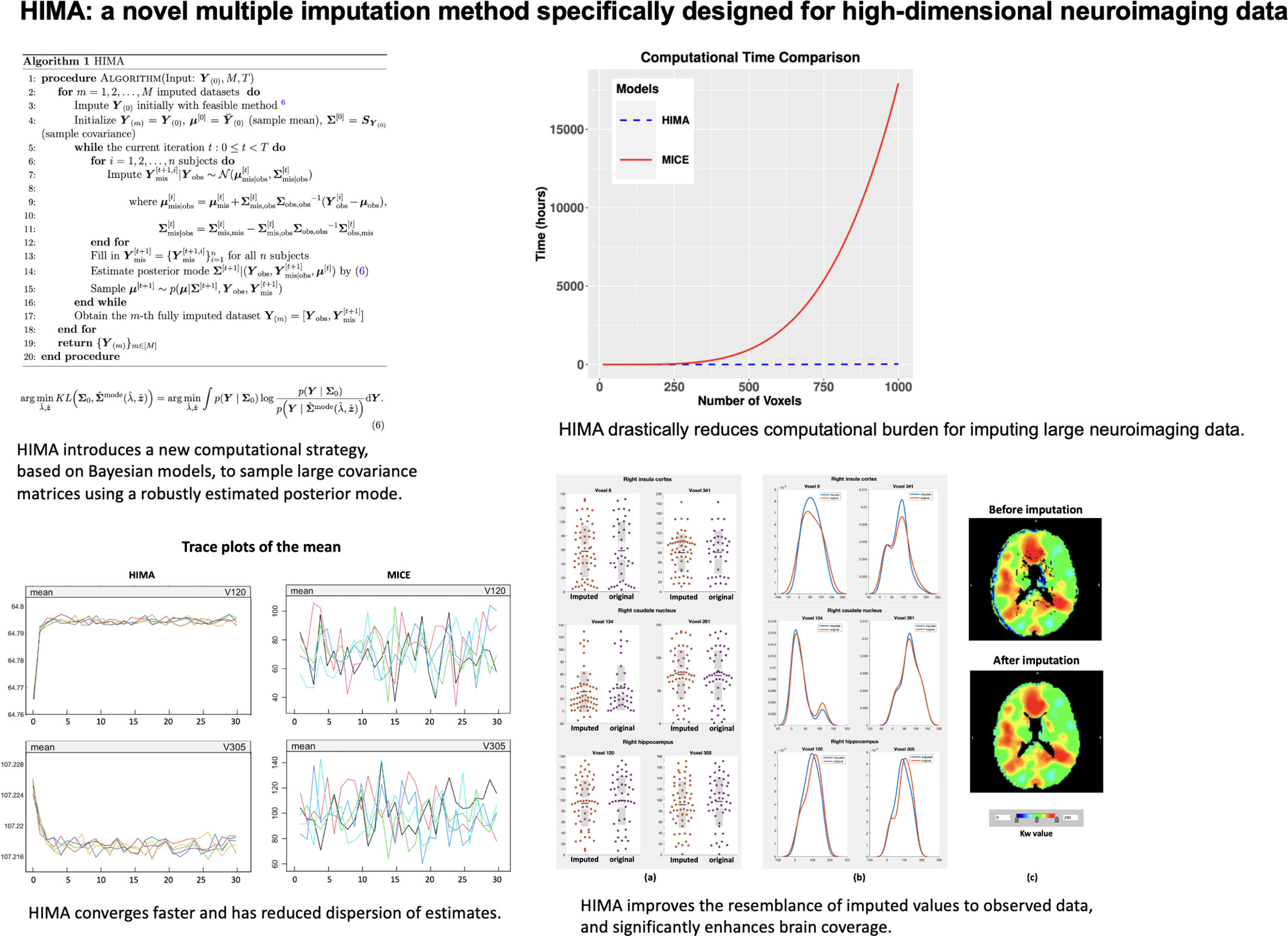
HIMA, a novel multiple imputation method specifically designed for high-dimensional neuroimaging data, drastically reduces computational burden (e.g., 1 h vs. 800 h for traditional methods) while improving imputation precision and stability, as evidenced by theoretical justification, extensive simulations, and real data analysis.
Investigating the Human Brain's Integration of Internal and External Reference Frames: The Role of the Alpha and Beta Bands in a Modified Temporal Order Judgment Task
- First Published: 21 March 2025
Effects of Aging, Estimated Fitness, and Cerebrovascular Status on White Matter Microstructural Health
- First Published: 21 March 2025
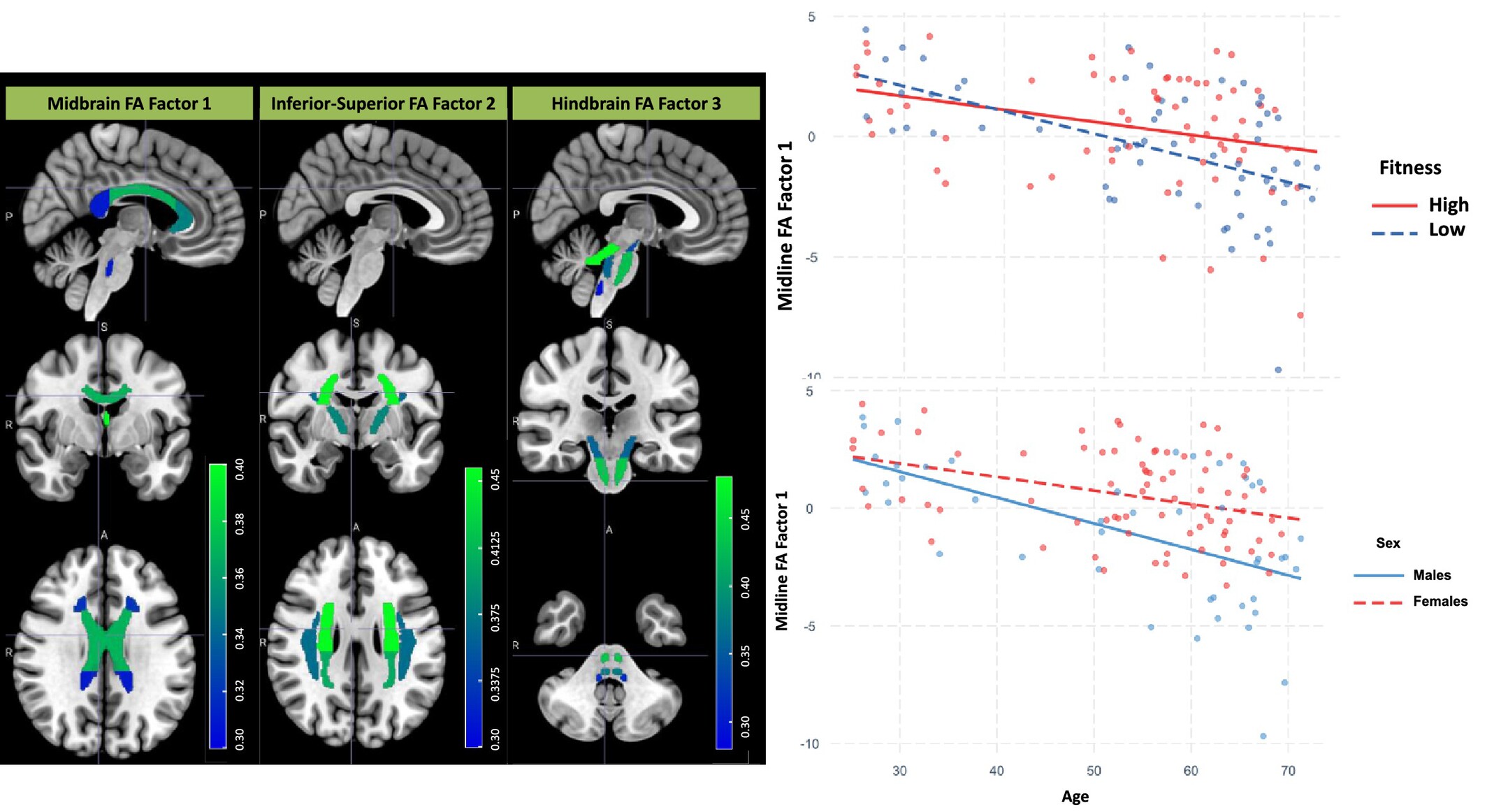
White matter (WM) health declines with age and improves with estimated fitness. However, the effects of age and estimated fitness do not completely overlap spatially. Cerebrovascular health mediates the relationships of WM health with both age and estimated fitness. Males show steeper declines in WM health than females.
Temporal Structure of Music Improves the Cortical Encoding of Speech
- First Published: 25 March 2025
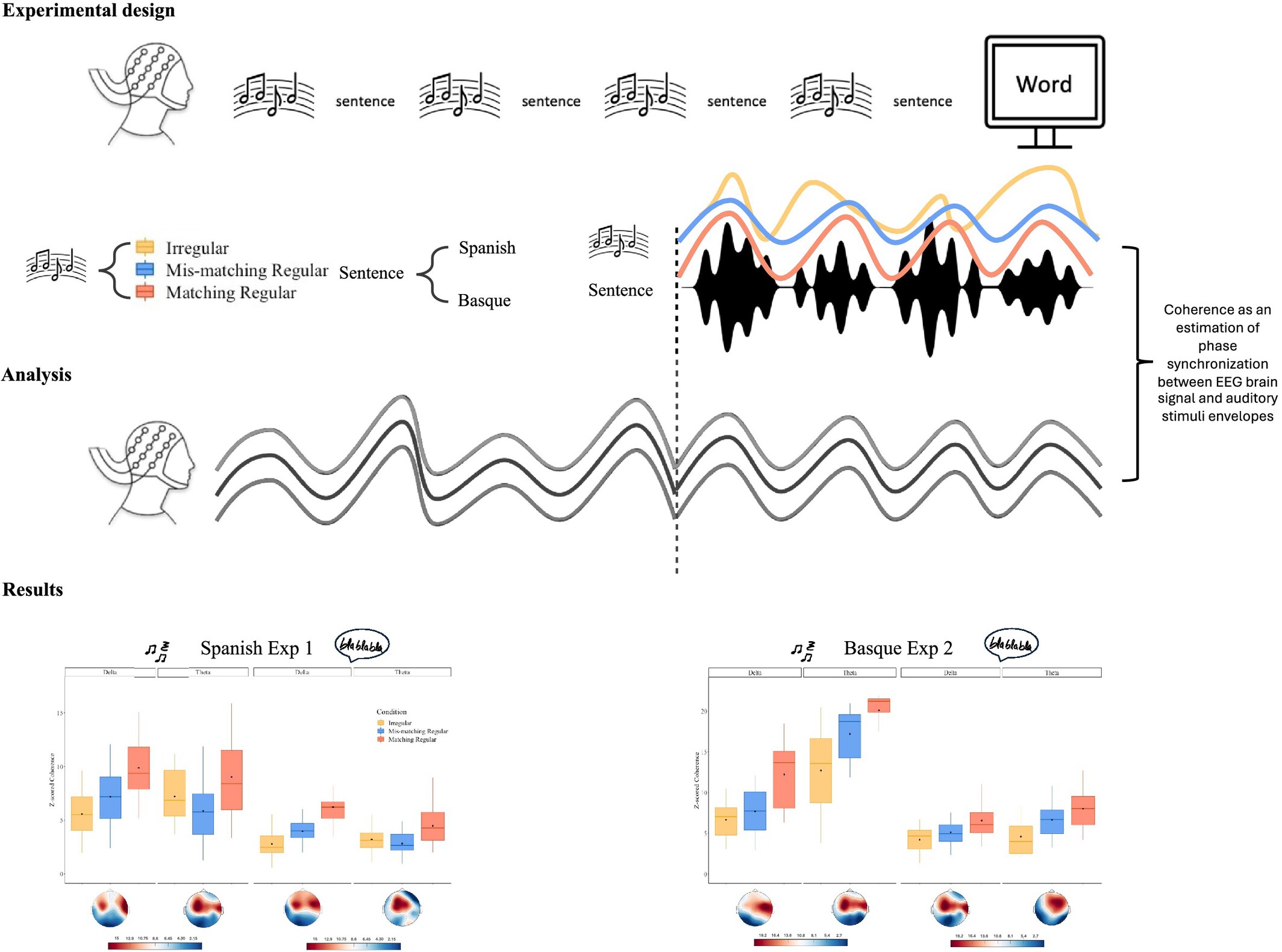
This study demonstrates that regular musical rhythms can act as a temporal guide for brain oscillations, enhancing synchronization with the speech envelope. This effect was observed across different rhythmic structures and languages, suggesting that the regularity in musical rhythms plays a crucial role in improving cortical tracking of speech.
Prediction of Verbal Abilities From Brain Connectivity Data Across the Lifespan Using a Machine Learning Approach
- First Published: 25 March 2025
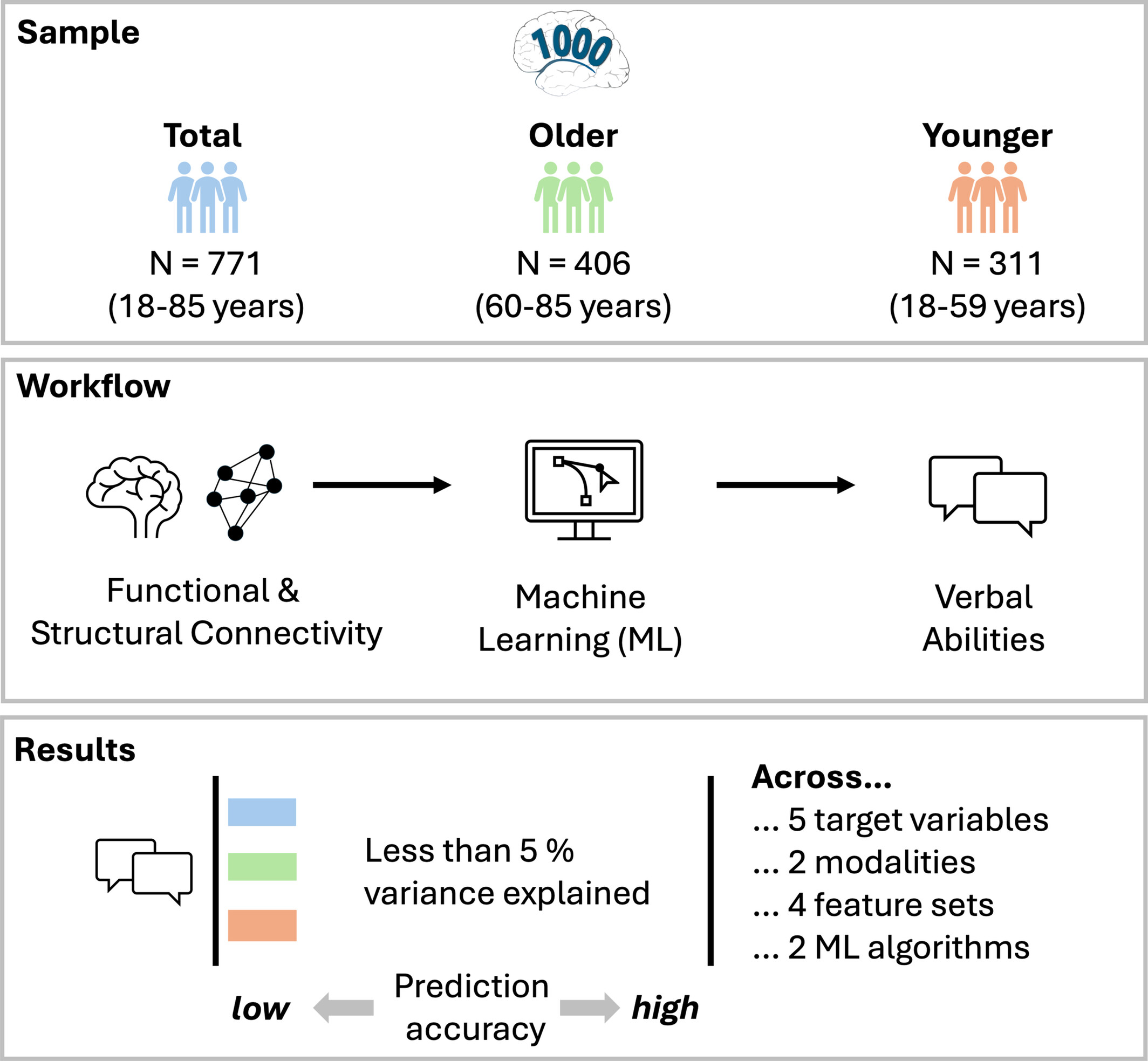
Functional and structural connectivity data was used to predict verbal fluency and vocabulary knowledge in a lifespan sample using two machine learning algorithms. The predictability of verbal compared to nonverbal abilities in younger and older adults was found to be low across whole-brain and network-specific functional and structural imaging data.
Evaluating Traditional, Deep Learning and Subfield Methods for Automatically Segmenting the Hippocampus From MRI
- First Published: 27 March 2025
The Shape of the Brain's Connections Is Predictive of Cognitive Performance: An Explainable Machine Learning Study
- First Published: 27 March 2025
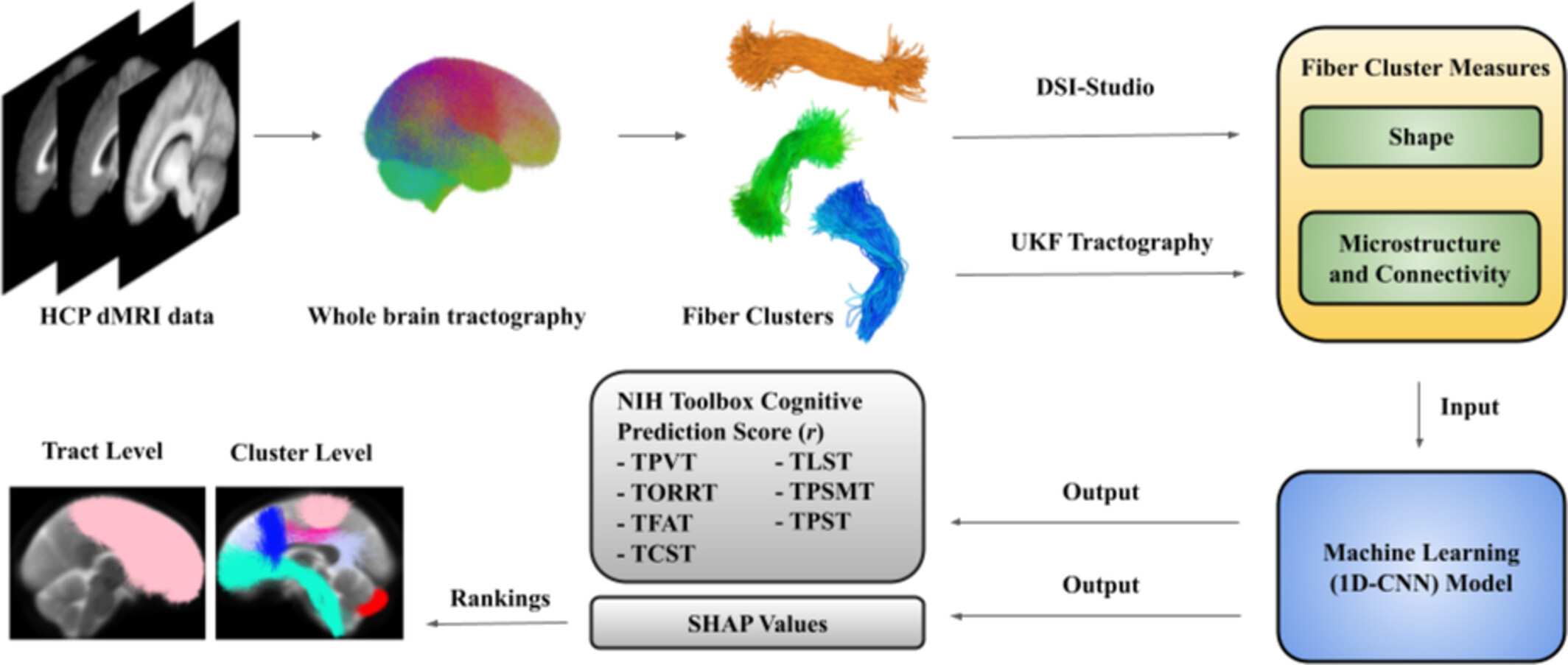
We investigated if white matter shape could predict cognitive performance. Using explainable machine learning, we trained 210 models to predict cognitive performance. Most shape measures are as predictive as microstructure or connectivity information. Results suggest the shape of the brain's fiber tracts is important for future study.
Phase Locking of 40 Hz Auditory Steady State Responses Is Modulated by Sensory Predictability and Linked to Cerebellar Myelination
- First Published: 02 April 2025
The Impact of Atlas Parcellation on Functional Connectivity Analysis Across Six Psychiatric Disorders
- First Published: 02 April 2025

In this study, 7 brain atlases, 6 brain disorders, and 3 analysis methods were systematically compared and analyzed. Our cross-atlas/disorder analyses indicate that frontal-related FCs may serve as potential common and robust neuro-abnormalities across 6 psychiatric disorders. Furthermore, in order to improve the replicability of rsfMRI-based FC analyses, this study suggests the use of functional templates at larger granularity.
Effective Motor Skill Learning Induces Inverted-U Load-Dependent Activation in Contralateral Pre-Motor and Supplementary Motor Area
- First Published: 05 April 2025
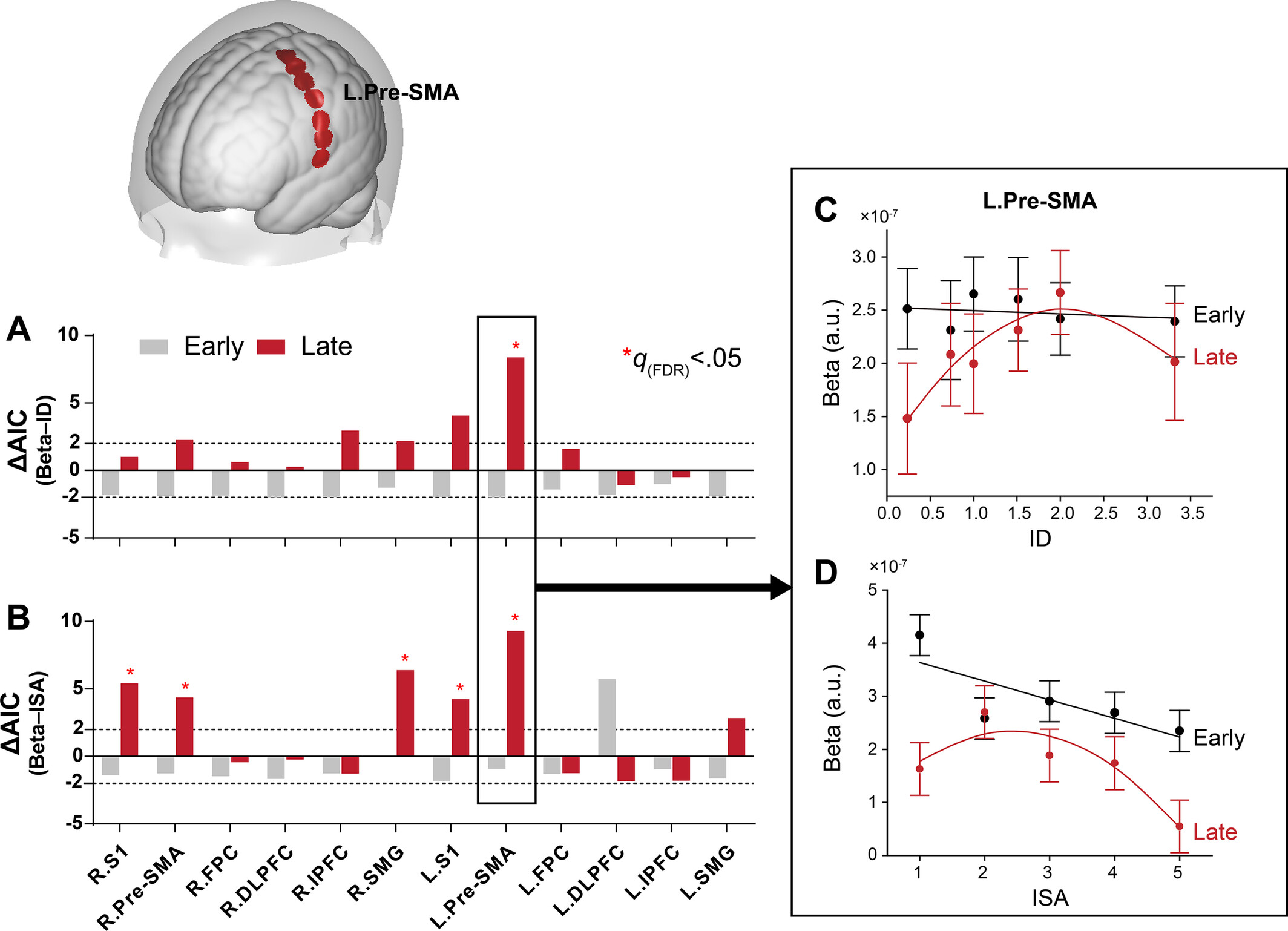
We explored whether and how effective motor skill learning modulates load-dependent patterns in continuous hand movements. Our findings provide robust evidence of a learning-induced inverted-U pattern in the left (contralateral) Pre-SMA using linear mixed-effect models. The emergence of the inverted-U pattern after training appears to be driven by decreased activity at the lowest and highest task loads.
Cortical Oscillatory Activity and Motor Control in Pediatric Stroke Patients With Hemidystonia
- First Published: 05 April 2025
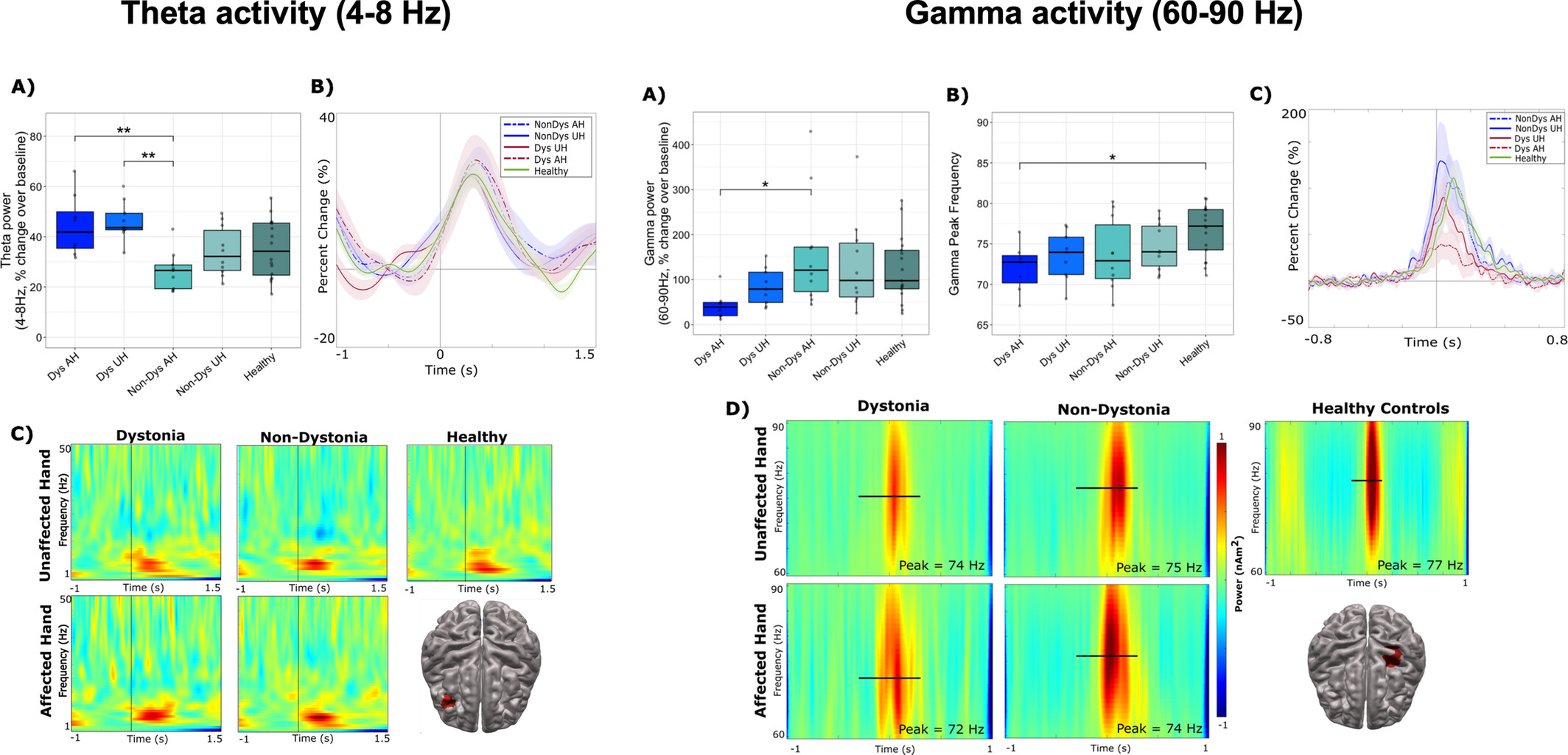
MEG imaging of task-related activity during a “go”/“no-go” task revealed that pediatric post-stroke patients with dystonia had increased theta power during correct “No-go” trials, and reduced gamma power and lower gamma peak frequency during correct “Go” responses, compared to non-dystonic post-stroke patients and healthy children.
TractCloud-FOV: Deep Learning-Based Robust Tractography Parcellation in Diffusion MRI With Incomplete Field of View
- First Published: 07 April 2025
Dynamic and Static Structure–Function Coupling With Machine Learning for the Early Detection of Alzheimer's Disease
- First Published: 07 April 2025
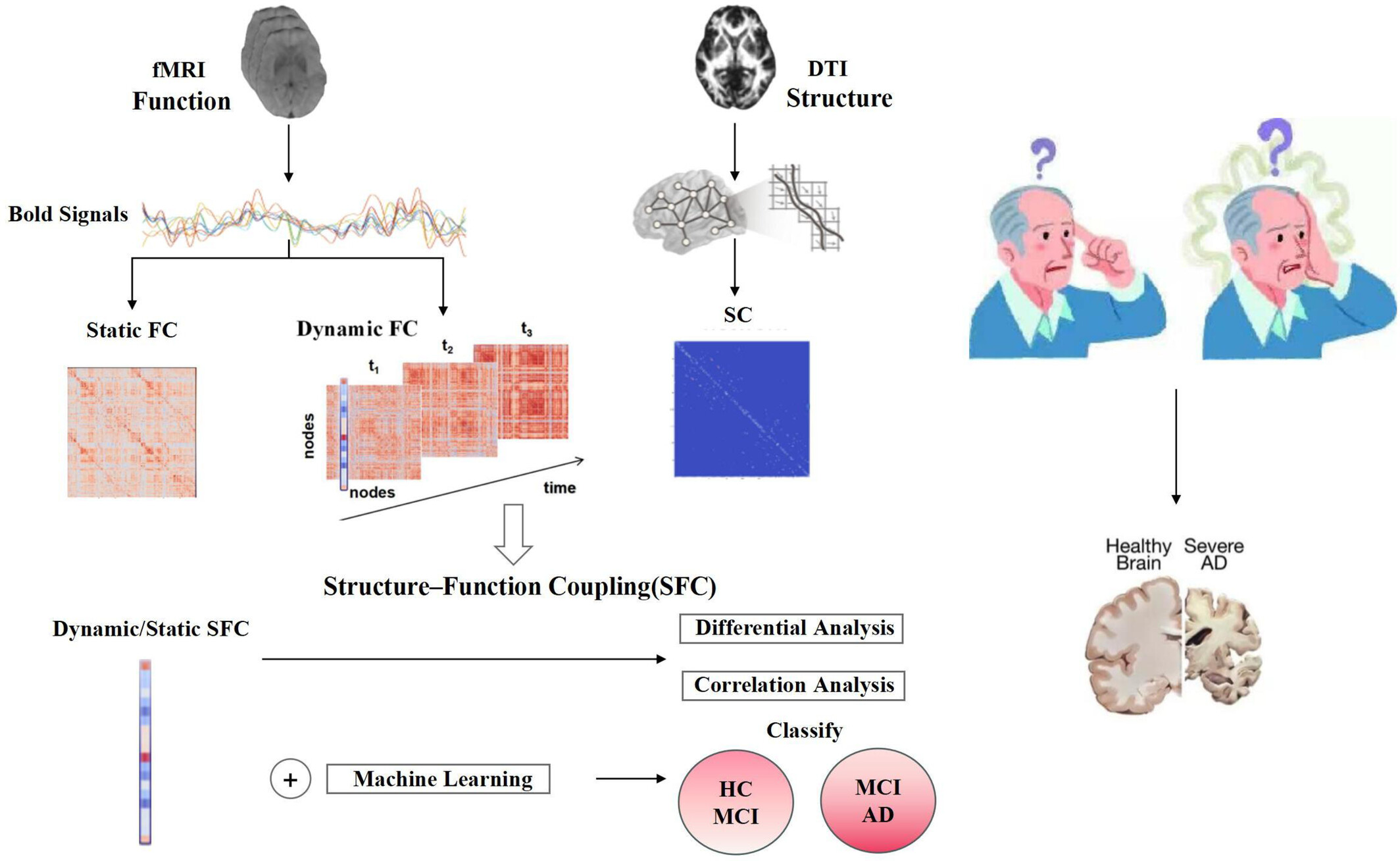
This study investigates the integration of static and dynamic structure–function coupling (SFC) for early Alzheimer's disease (AD) classification. By combining machine learning with SFC metrics, it reveals how AD alters brain network stability, offering new insights for early AD detection and pathophysiological understanding.
Age Differences in Brain Functional Connectivity Underlying Proactive Interference in Working Memory
- First Published: 07 April 2025
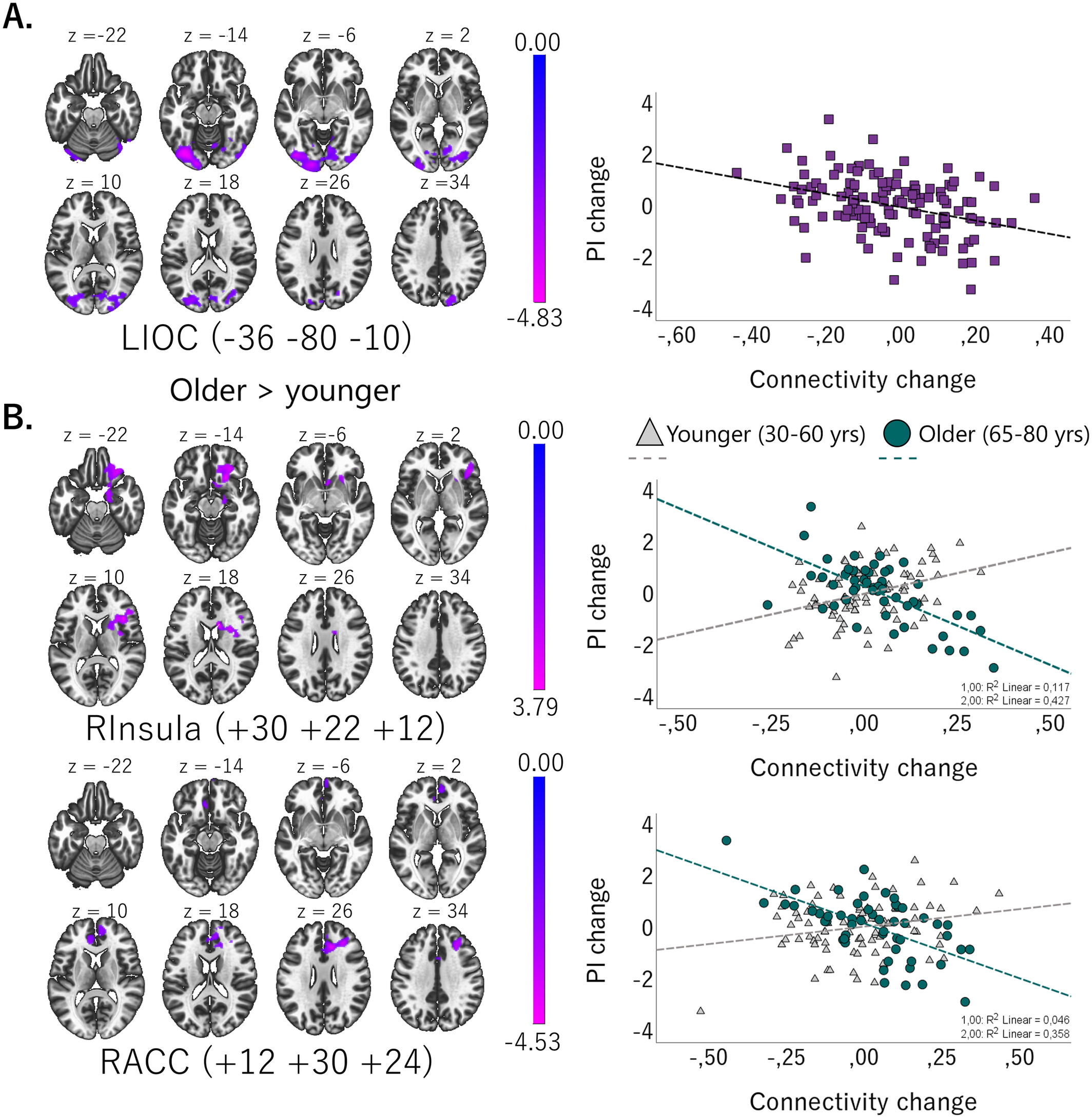
Results demonstrate converging evidence of age-differential patterns of IFG and whole brain rsFC associated with PI in working memory, with several regions previously implicated in the ability to control PI in working memory showing differential rsFC patterns in older and younger adults, both cross-sectionally and longitudinally.
Subthalamic Deep Brain Stimulation: Mapping Non-Motor Outcomes to Structural Connections
- First Published: 07 April 2025

Delivering stimulation to the correct target is a challenge for deep brain stimulation. We propose a new approach that allows condensing a large battery of scores onto a few main dimensions, identifying the structural connections associated with each dimension, and estimating changes in individual scores based on their stimulation.
TECHNICAL REPORT
Identification of Cortical Targets for Modulating Function Supported by the Human Hippocampal Network
- First Published: 09 April 2025
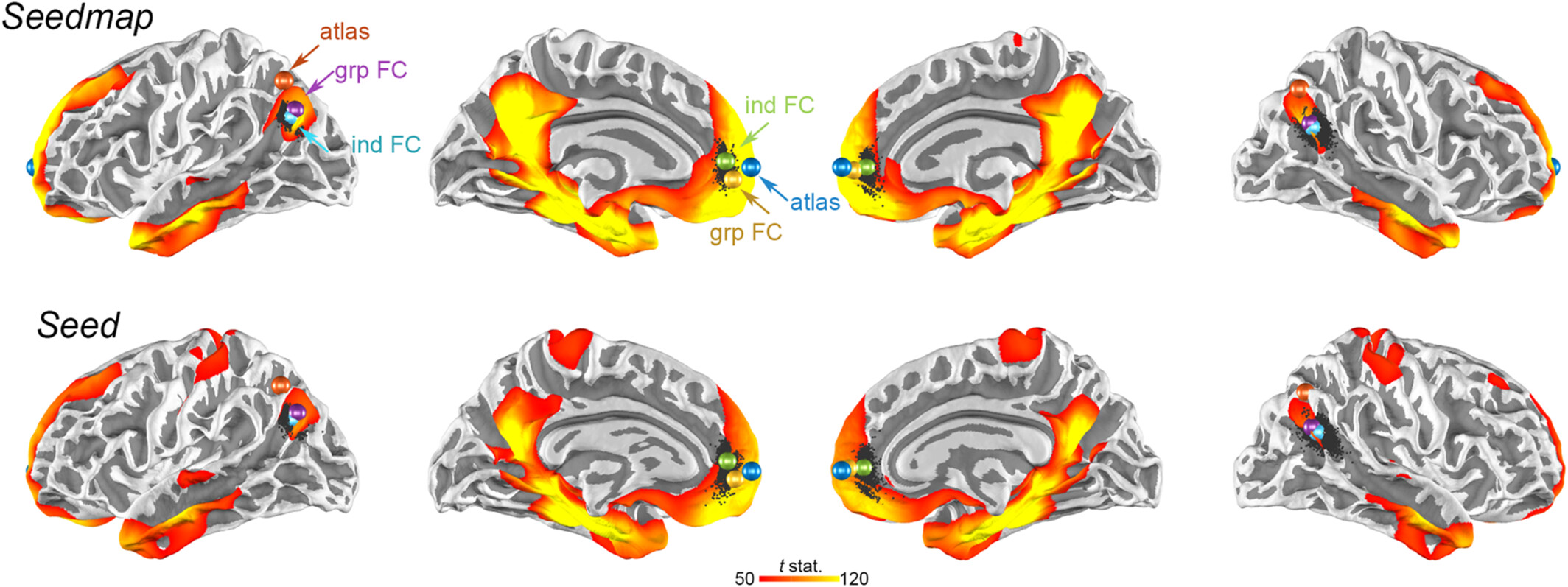
We use the resting-state fMRI data from a large cohort to reveal tentative transcranial magnetic stimulation targets at cortical regions within the hippocampal network. We identified reproducible individualized targets at the medial prefrontal cortex and posterior parietal cortices. Our results suggest candidate TMS target coordinates to modulate the hippocampal function.
RESEARCH ARTICLE
The Role of the Dorsolateral Prefrontal Cortex in Ego Dissolution and Emotional Arousal During the Psychedelic State
- First Published: 09 April 2025
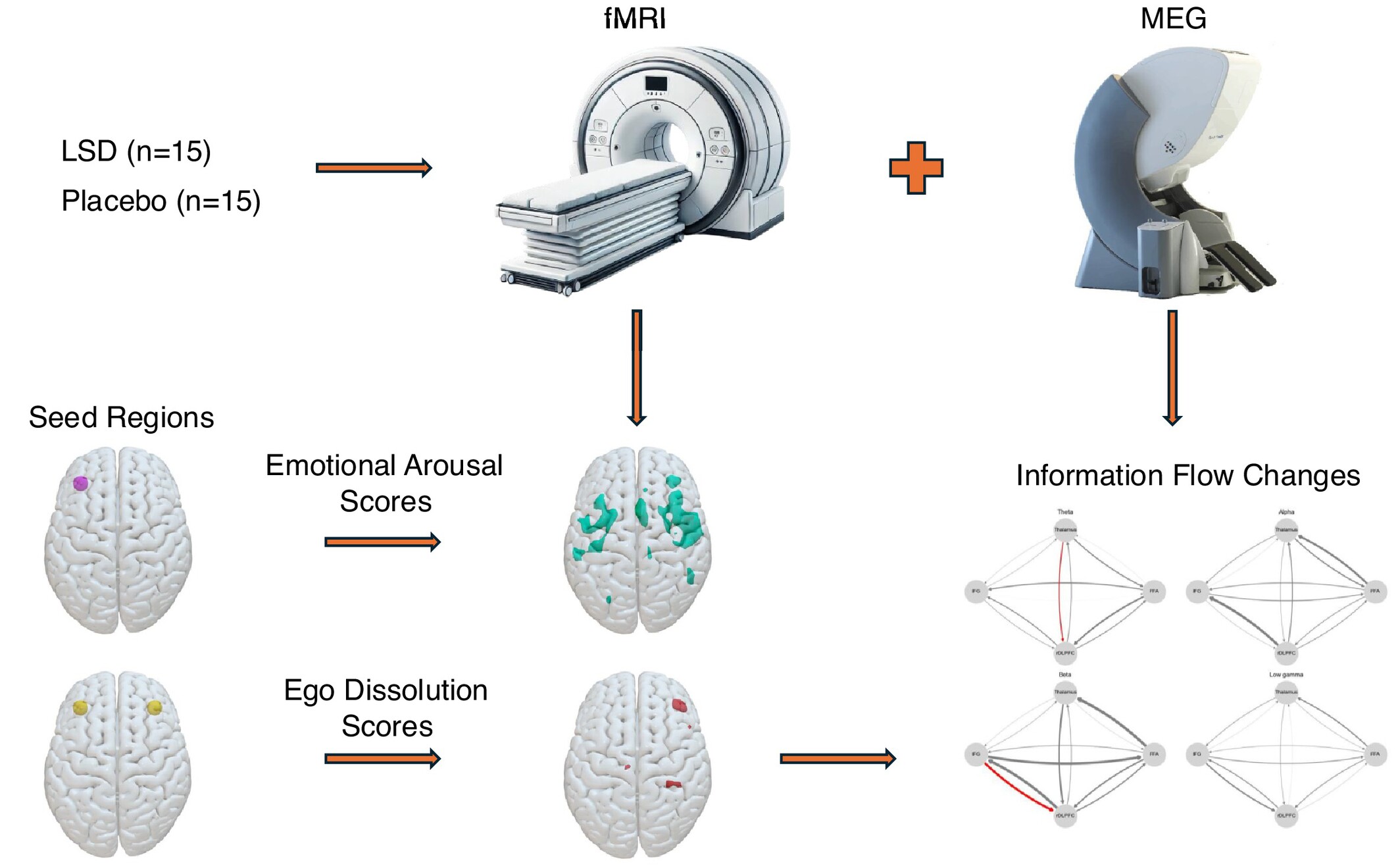
We analyzed and integrated data from two separate types of brain scans, fMRI and MEG, from 15 healthy human participants on the psychedelic drug LSD. Our work identified changes in the connectivity of a frontal brain region, which relate to two common experiences on LSD: emotional arousal and ego dissolution.
Dynamic Functional Network Connectivity Pattern of the Amygdalohippocampal Complex in Individuals With Subjective Cognitive Decline
- First Published: 14 April 2025
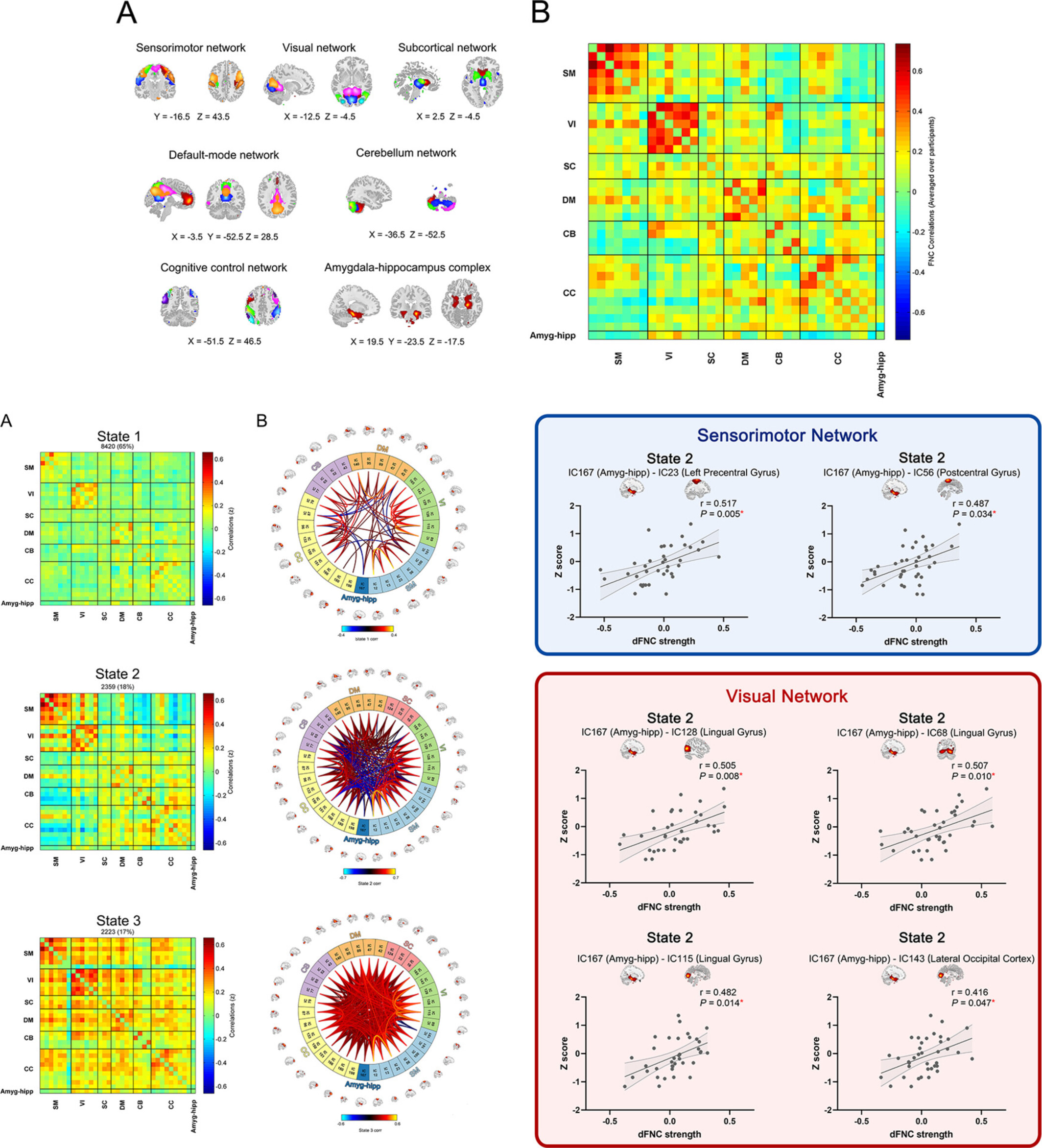
This study reveals that Subjective Cognitive Decline (SCD) is characterized by dynamic, state-dependent connectivity changes in the amygdalohippocampal complex. These changes highlight compensatory and synchronized brain states, with implications for understanding early cognitive decline and informing potential biomarkers and intervention strategies.
Investigating the Association of Concussion and Contact Sport Exposure History With Brain Microstructure Using Quantitative Susceptibility Mapping
- First Published: 14 April 2025
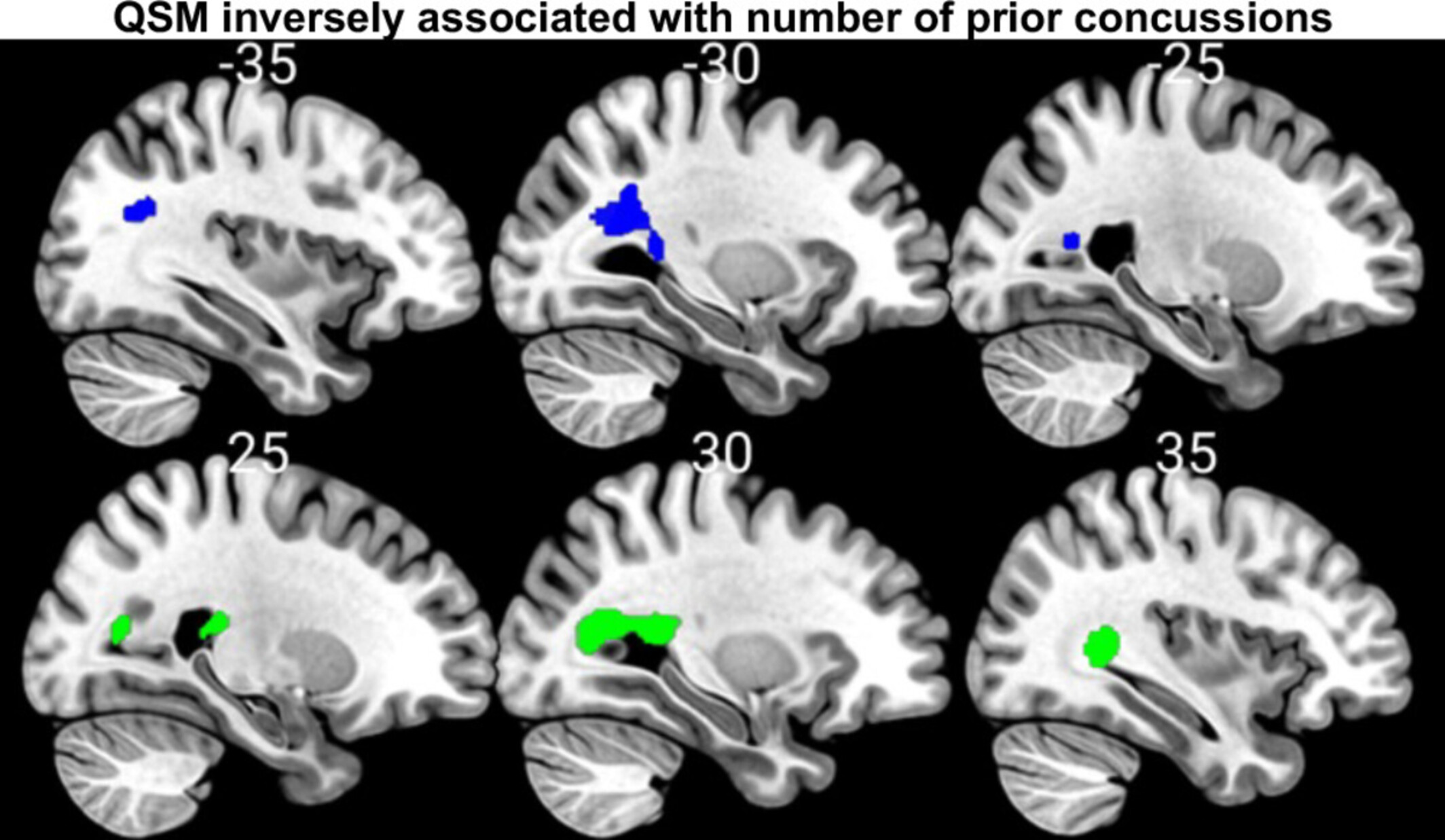
Lower quantitative susceptibility in white matter is associated with a greater number of prior concussions, worse symptoms, and worse neurocognitive function in healthy male and female collegiate-aged athletes. Results suggest that subtle differences in brain microstructure due to repeated concussions might partially underlie symptom complaints and cognitive performance in athletes.




